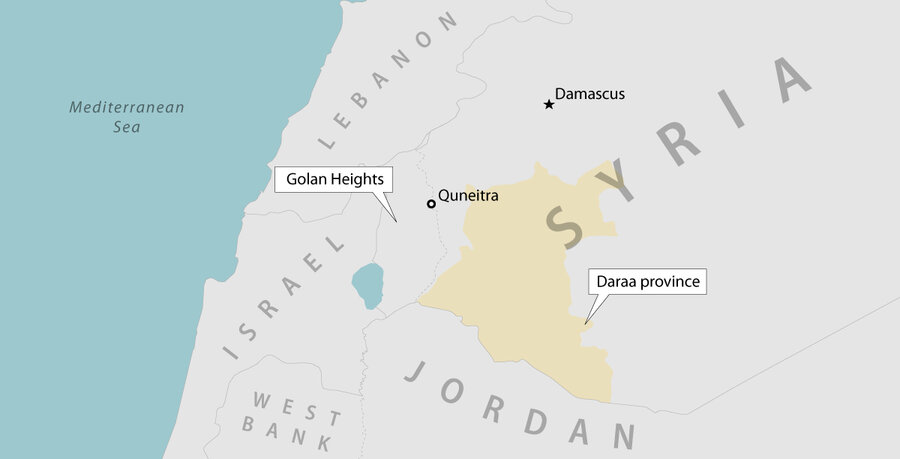Security is a two-way street. The cross-border movement of migrants gets more media attention because of its direction; we asked our reporters to look at reactions to traffic in U.S.-originating guns.
Monitor Daily Podcast
- Follow us:
- Apple Podcasts
- Spotify
- RSS Feed
- Download
 Clayton Collins
Clayton Collins
Welcome to your Daily. Today we look at U.S. guns crossing borders, a risky repositioning in the Mideast, new perspective on Guatemala, how Woodstock still reverberates, and what’s up with 5G.
But first, a look at perseverance and adaptation.
Thursday’s report from the U.N.’s Intergovernmental Panel on Climate Change did more than lay out the sobering scope of desertification and land degradation and the implications for feeding the world. It also hinted at hope.
“The good news is [that] there’s ample room for mitigation,” Michael Mann, a professor of atmospheric science at Penn State, told CNN. One key piece, he and others say: coaxing more productivity from land. Technological innovation will help. Both consumer and land-use practices will need to shift worldwide. What about local action?
Last fall, the Camp fire burned more than 153,000 acres in Northern California and erased the town of Paradise (most of its population remains displaced). But as Martin Kuz reported in May, some residents emerged with renewed purpose.
And more recently, ecosystem restoration there has become hands-on. In pockets, reports Yes! Magazine, residents are trying permaculture. In its fullest form that’s an approach where native crops and animals are positioned to help one another thrive – think nut trees surrounded by farmed pigs. The self-sustaining, soil-enriching cycle that results can dramatically boost per-acre yields.
“Welcome to the experiment!” Matthew Trumm, founder of the Camp Fire Restoration Project, tells those who have turned up to help. (His own work was inspired by an agronomist’s mid-1990s project in China.)
Already taking root in parts of Paradise: a constructive outlook to pass along.
“Because you’re bringing the next generation [into] thinking about this stuff,” said Mr. Trumm, “you’re healing that next generation.”












